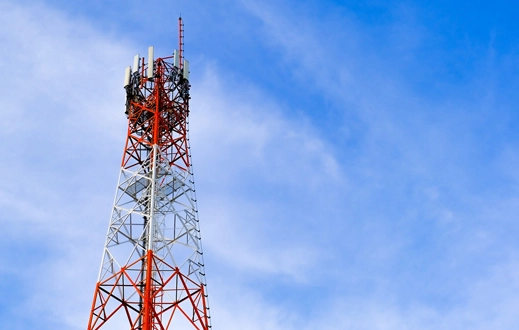Gantry tower substations are steel-framed structures supporting high-voltage equipment, enabling efficient power distribution across vast networks through robust lattice designs and adaptable configurations for urban and remote installations.These engineering marvels form critical nodes where transmission lines connect to local grids safely.While power lines grab attention, the real grid transformation happens at substations.

Gantry tower substations are integral components of the electrical grid, facilitating the efficient and safe distribution of electricity. These structures support overhead lines and electrical equipment, ensuring stability and reliability in power transmission. Typically constructed from high-strength steel, gantry towers are designed to withstand environmental challenges such as high winds, seismic activity, and heavy electrical loads.
Robust Construction: Utilizing materials like Q235, Q355, and Q420 steel, gantry towers offer exceptional durability and load-bearing capacity .
Corrosion Resistance: Hot-dip galvanizing treatments protect the structures from corrosion, extending their service life even in harsh environments .
Customizable Designs: Gantry towers can be tailored to meet specific project requirements, including varying heights, load capacities, and configurations .
Safety Compliance: Adherence to international standards like ISO 9001:2015 ensures that gantry towers meet stringent safety and quality benchmarks .
Applications in Power Infrastructure
Gantry tower substations are versatile and find applications in various aspects of power infrastructure:
Substations: Providing structural support for transformers, circuit breakers, and switchgear, facilitating efficient power distribution .
Transmission Lines: Supporting high-voltage lines at critical points, ensuring stability and proper clearance .
Line Crossings: Enabling overhead lines to safely cross roads, rivers, and other infrastructure .
The design and installation of gantry tower substations involve several critical considerations:
Load Analysis: Assessing electrodynamic and static loads to ensure structural integrity .
Material Selection: Choosing appropriate steel grades and corrosion protection methods for longevity .
Structural Design: Balancing practicality, manufacturability, and aesthetics in the tower design .
Installation Precision: Employing advanced tools and techniques to ensure accurate assembly and alignment .
At Junjiang, we understand that Gantry Tower Substations are not just structural components — they are critical nodes in modern power distribution networks. Designed to support high-voltage electrical conductors and insulators, these towers must withstand immense mechanical loads while ensuring safety and reliability. Our expertise lies in manufacturing custom-engineered gantry towers that offer superior strength, corrosion resistance, and long-term durability, even in challenging environmental conditions. With decades of experience and global project execution, we prioritize both technical precision and field adaptability, delivering solutions that seamlessly integrate with our clients’ substation requirements.
